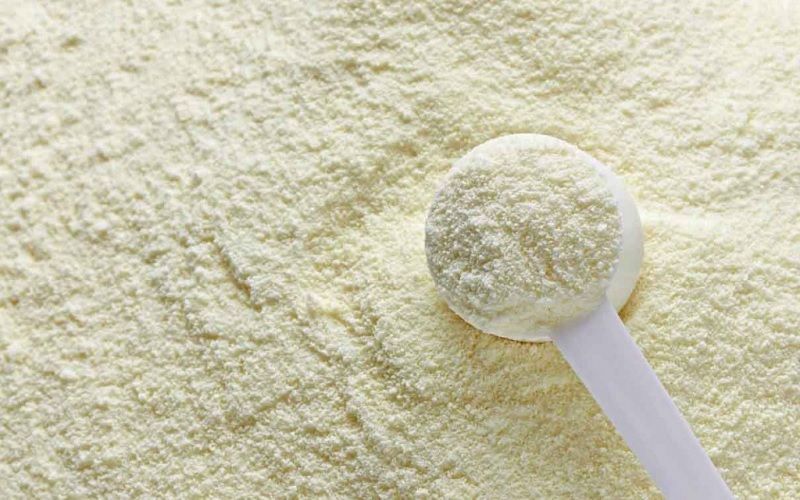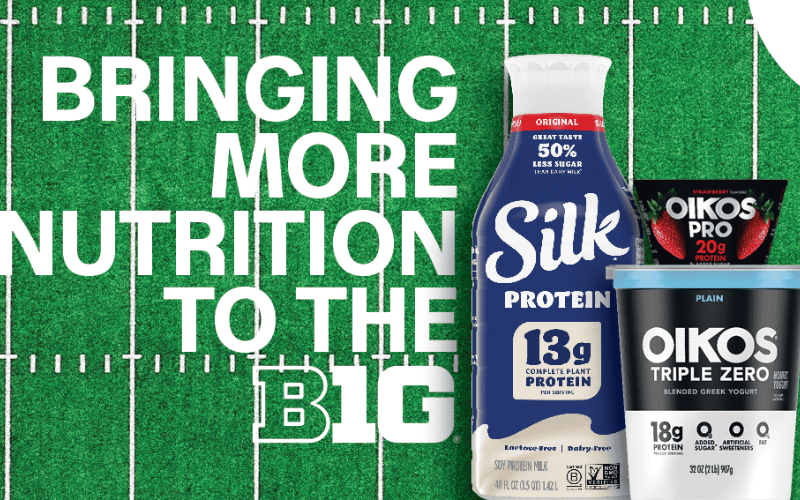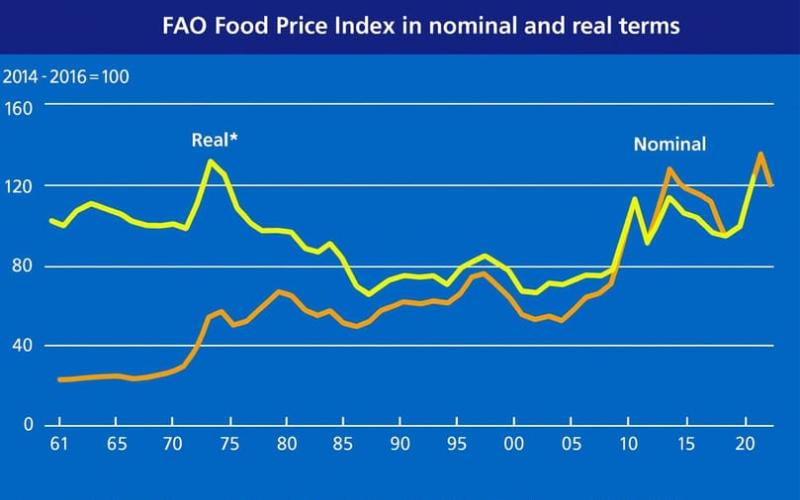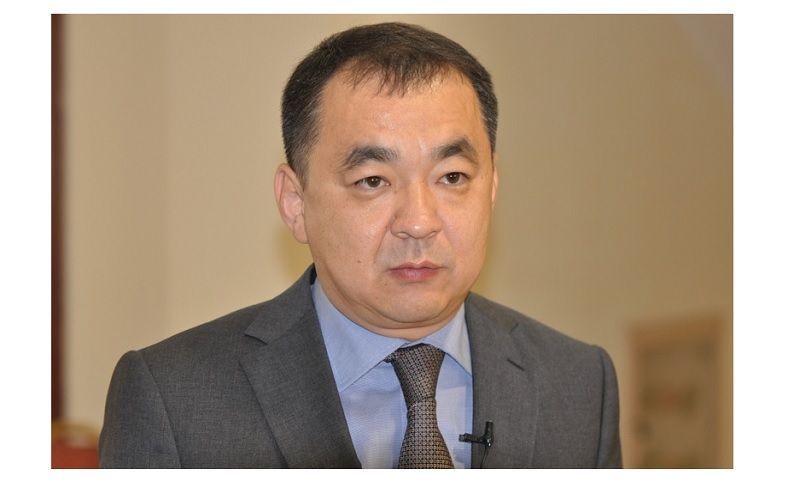The Impact of China's Reciprocal Tariffs on Global Lactose and Whey Trade
Sourse: dairynews.today
China's imposition of a 34% tariff on US dairy imports could reshape global lactose and whey markets

In an escalating trade conflict, China has announced a 34% tariff on US dairy imports, effective from April 10, 2025. This move targets American exports of dry whey and lactose, potentially altering market dynamics by providing opportunities for the European Union (EU), the United Kingdom (UK), Oceania, and South America to expand their presence in China.
Currently, over 50% of US whey and lactose production is exported, with China as its top consumer. The new tariff is a response to previous trade tensions initiated by the Trump administration. More than half of the EU and UK's lactose exports to China are priced two to three times higher than those from the US, reflecting superior quality for food and pharmaceutical applications. However, US lactose could still remain competitive, as Chinese imports of American lactose have previously persisted despite similar trade conflicts.
In 2024, China imported 152,225 tonnes of lactose, accounting for 43% of global trade. Further tension could depress US whey prices and margins while increasing consumer costs in China. As the world's largest importer, China dominates the whey market, receiving 65% of global exports. A similar scenario in 2019 saw a 55% drop in US whey exports to China, following a 25% retaliatory tariff.
The ongoing trade dispute underscores both nations' economic interdependence in the dairy sector, with the EU and other regions standing by to fill any voids left by diminished US participation in the Chinese market.
Currently, over 50% of US whey and lactose production is exported, with China as its top consumer. The new tariff is a response to previous trade tensions initiated by the Trump administration. More than half of the EU and UK's lactose exports to China are priced two to three times higher than those from the US, reflecting superior quality for food and pharmaceutical applications. However, US lactose could still remain competitive, as Chinese imports of American lactose have previously persisted despite similar trade conflicts.
In 2024, China imported 152,225 tonnes of lactose, accounting for 43% of global trade. Further tension could depress US whey prices and margins while increasing consumer costs in China. As the world's largest importer, China dominates the whey market, receiving 65% of global exports. A similar scenario in 2019 saw a 55% drop in US whey exports to China, following a 25% retaliatory tariff.
The ongoing trade dispute underscores both nations' economic interdependence in the dairy sector, with the EU and other regions standing by to fill any voids left by diminished US participation in the Chinese market.
Key News of the Week











